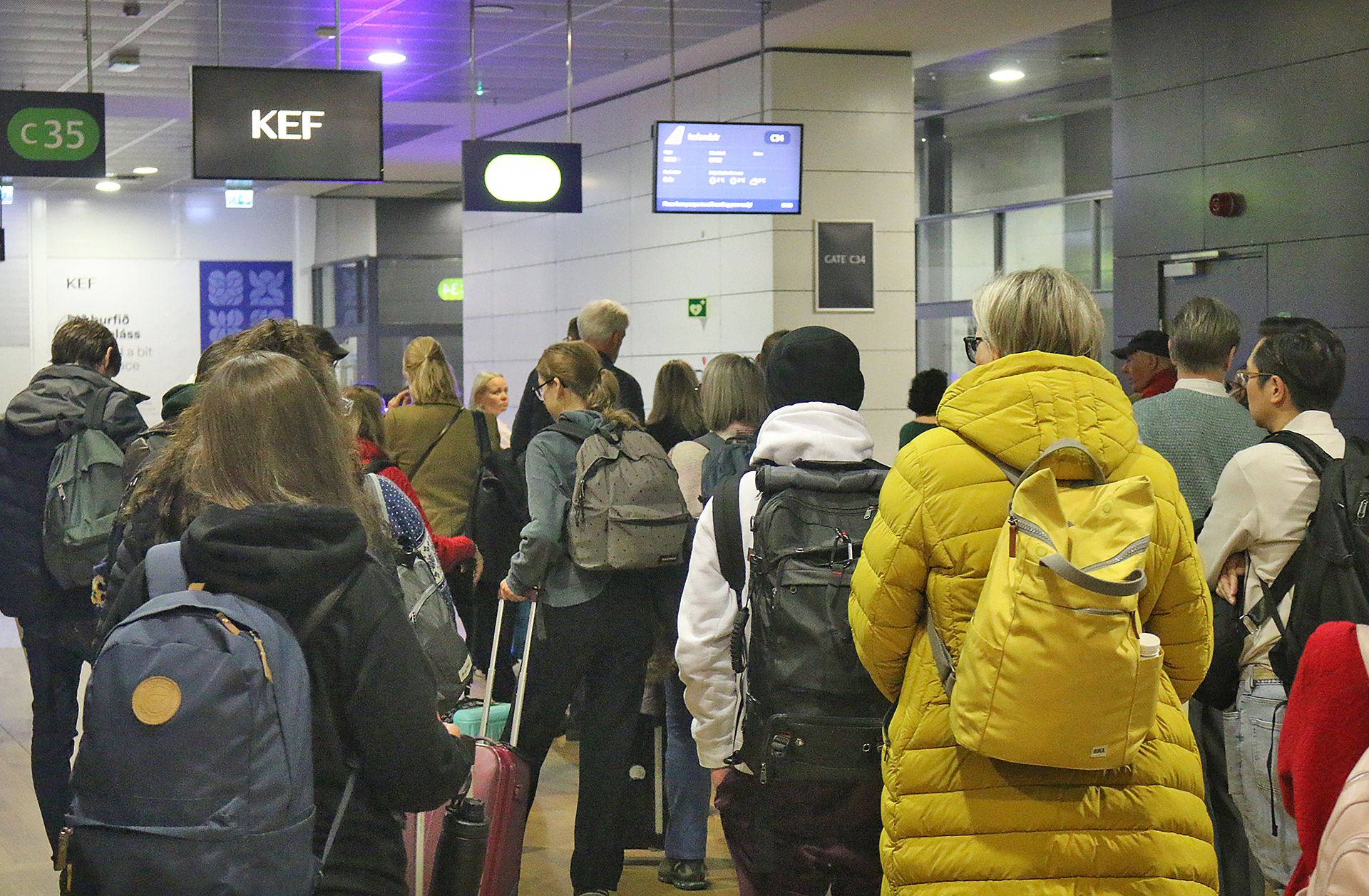I have never really understood the way many airlines outside the United States board passengers aboard their airplanes. Passengers line up as much as 30 minutes prior to boarding the airplane because the entire economy class cabin is called to board, as there are usually only two “boarding zones”: one zone with passengers who are seated in the premium class cabin and passengers who need special assistance; and the other zone for everyone else.
The Way Many Airlines Outside the United States Board Passengers: Why?
Airlines which are based in the United States seem to almost go too far in the other direction with numerous boarding zones for passengers who need special assistance, families with small children, people who have served in the military, passengers who have certain credit cards, red elephants who only have three legs and are carrying a trunk, and boarding zones for what seems to be for each row of the airplane — but despite the crowding of passengers at the gate anyway, at least some semblance of order is present in the process.
The boarding process for passengers aboard airplanes that are operated by many airlines which are based outside of the United States seems almost like a free-for-all, with passengers standing in a significantly long queue instead of remaining comfortably seated until the time for them to board the airplane arrives. The problem with this process is that if a passenger is one of the last people to board the airplane, he or she will likely have no room to store their belongings in the overhead storage bin; and he or she might require other passengers in the same row to stand up to allow the passenger in to his or her assigned seat.
The boarding process seems especially chaotic with some airlines that are based in Asia and Africa, which includes the Middle East.
Final Boarding Call
The same people who created the way airlines which are based outside the United States board their passengers must have also designed the partial partitions that are installed with showers in Europe.
Airlines have yet to optimize and perfect the boarding process to which it is both fast and efficient for passengers. What process do you believe will work the best?
Photograph ©2024 by Brian Cohen.

